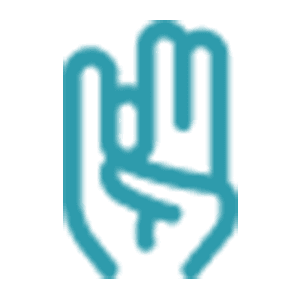OAP-approved ABA therapy based in Mississuaga — serving Toronto, Mississauga, Brampton, Vaughan, Markham, Richmond Hill, Oakville, and Milton with personalized in-home, daycare, and virtual autism support.


Personalized autism therapy delivered in the comfort of your home, supporting skill development and consistent learning across the GTA in Toronto, Mississauga, Brampton, Vaughan, Markham, Richmond Hill, Oakville, and Milton.

Providing integrated autism therapy in daycare environments throughout the GTA, supporting social interaction and adaptive learning in Toronto, Mississauga, Brampton, Vaughan, Markham, Richmond Hill, Oakville, and Milton.

Specialized early-childhood programs available across the GTA in Toronto, Mississauga, Brampton, Vaughan, Markham, Richmond Hill, Oakville, and Milton, designed to build strong foundations for lifelong growth and independence.

Providing comprehensive evaluations throughout the GTA in Toronto, Mississauga, Brampton, Vaughan, Markham, Richmond Hill, Oakville, and Milton to assess strengths, address challenges, and inform individualized therapy plans.

Flexible online therapy sessions across the Greater Toronto Area, including Toronto, Mississauga, Brampton, Vaughan, Markham, Richmond Hill, Oakville, and Milton, providing expert support from the comfort of home.

Providing guidance and strategies across the Greater Toronto Area, including Toronto, Mississauga, Brampton, Vaughan, Markham, Richmond Hill, Oakville, and Milton, to help parents support their child’s development effectively.
Our compassionate team of professionals is ready to listen, support, and work with you.




Schedule your appointment now and start building the life you deserve.